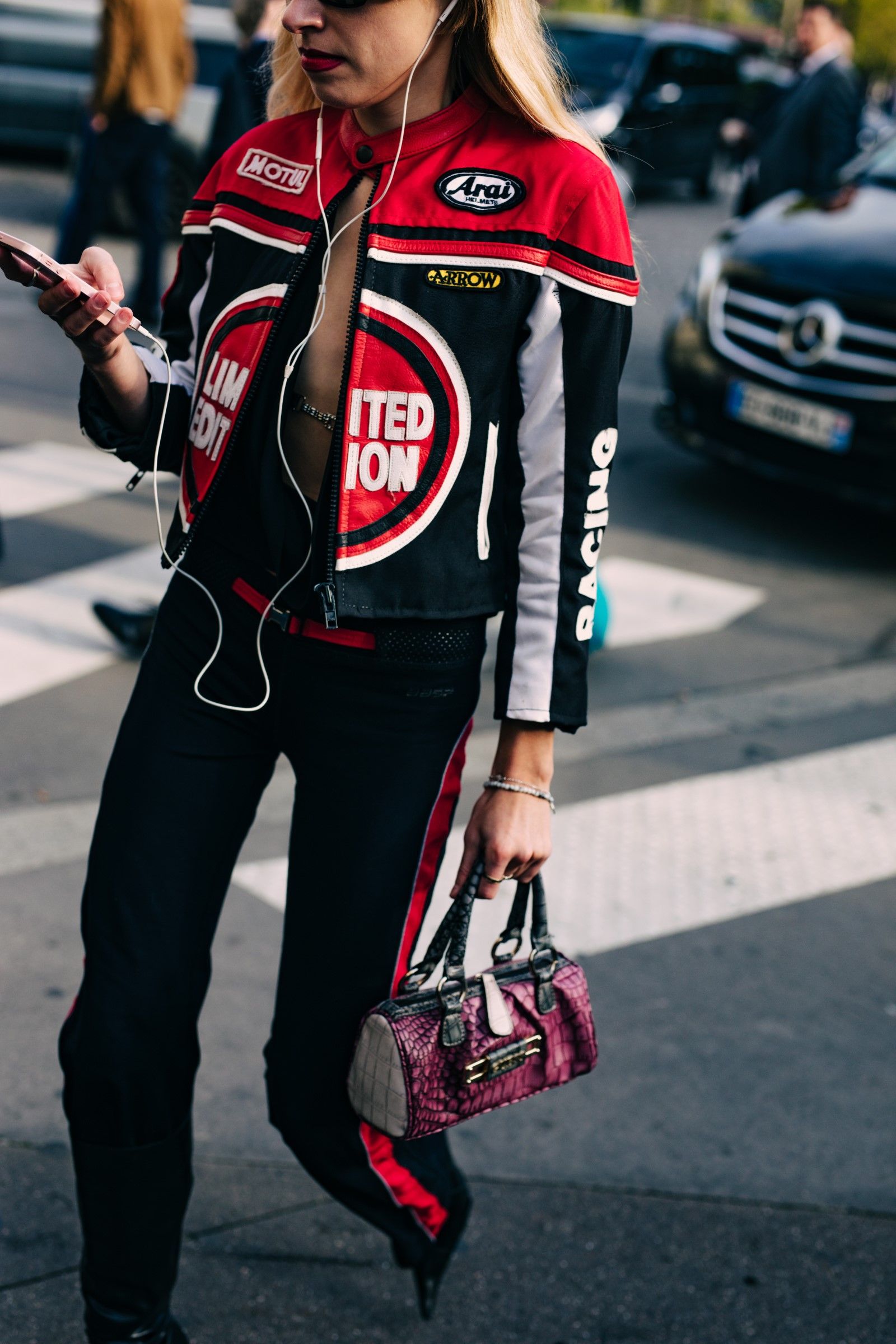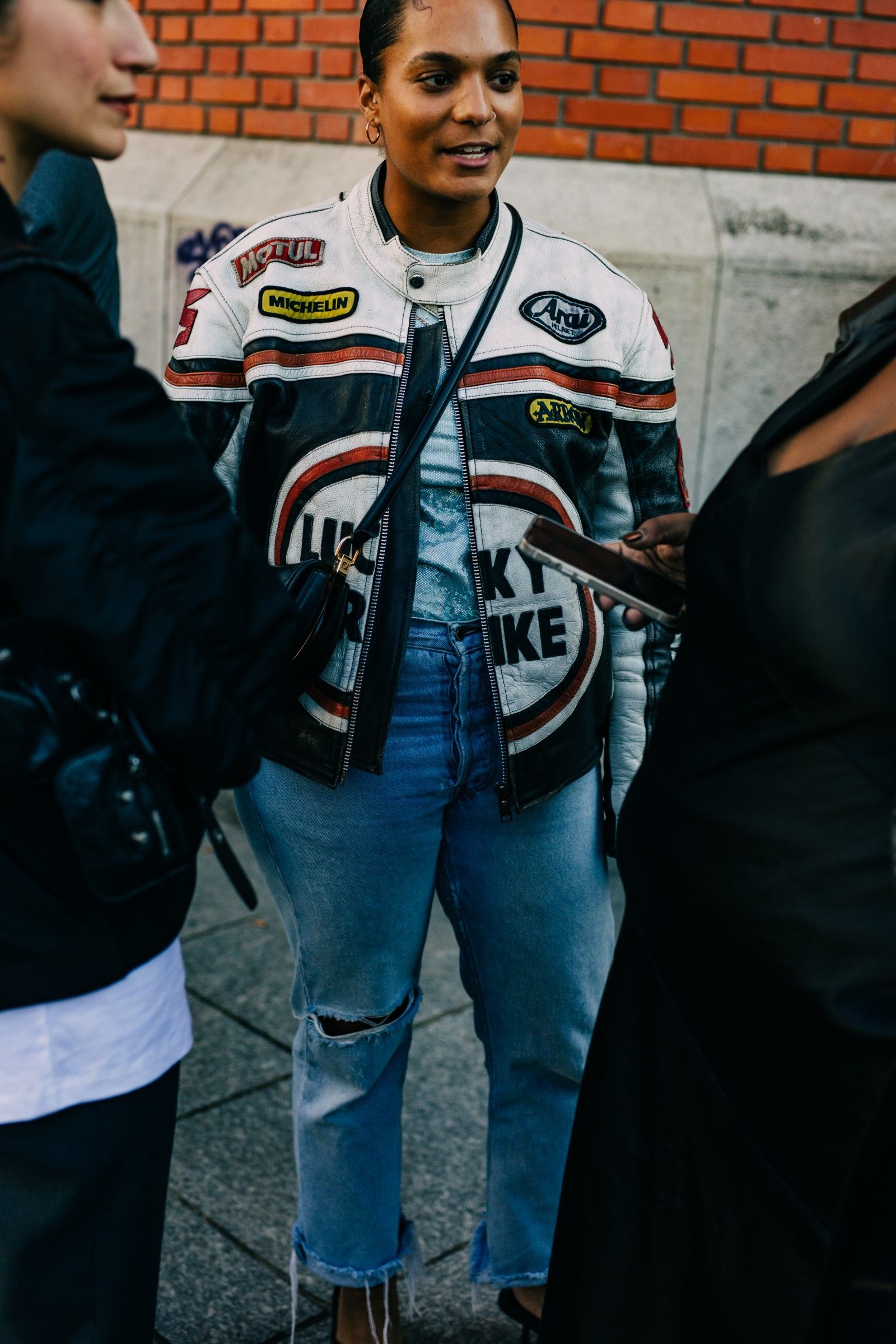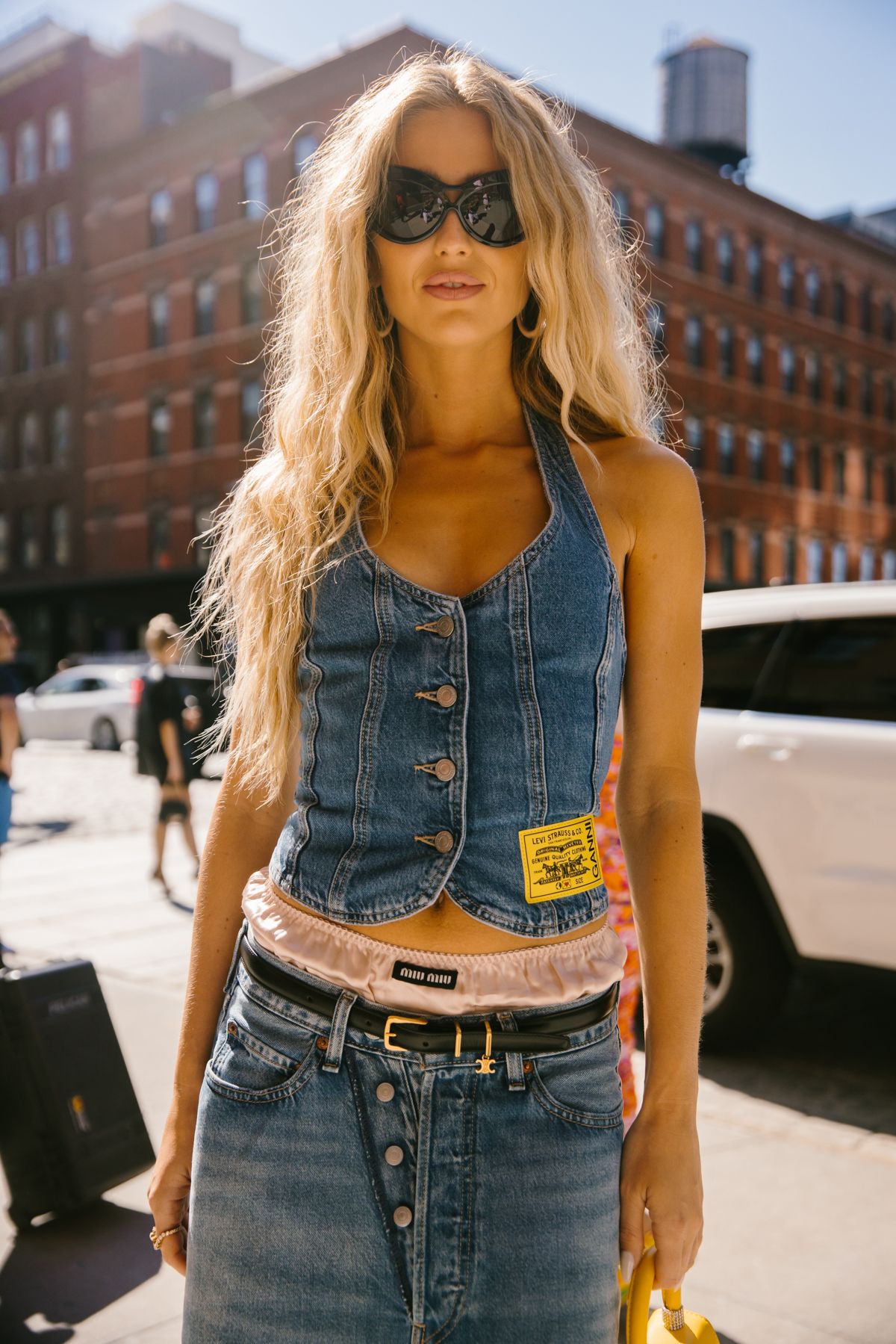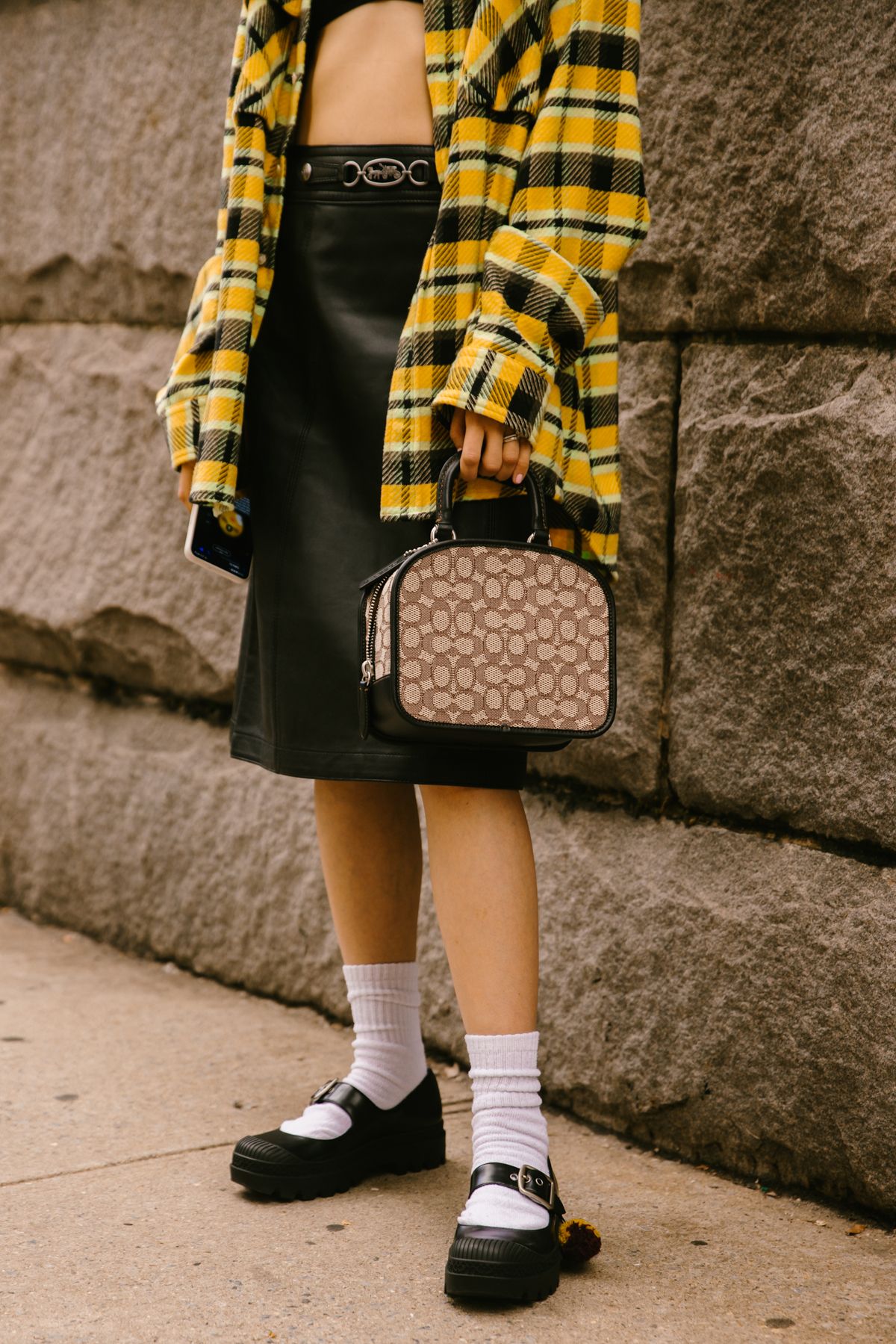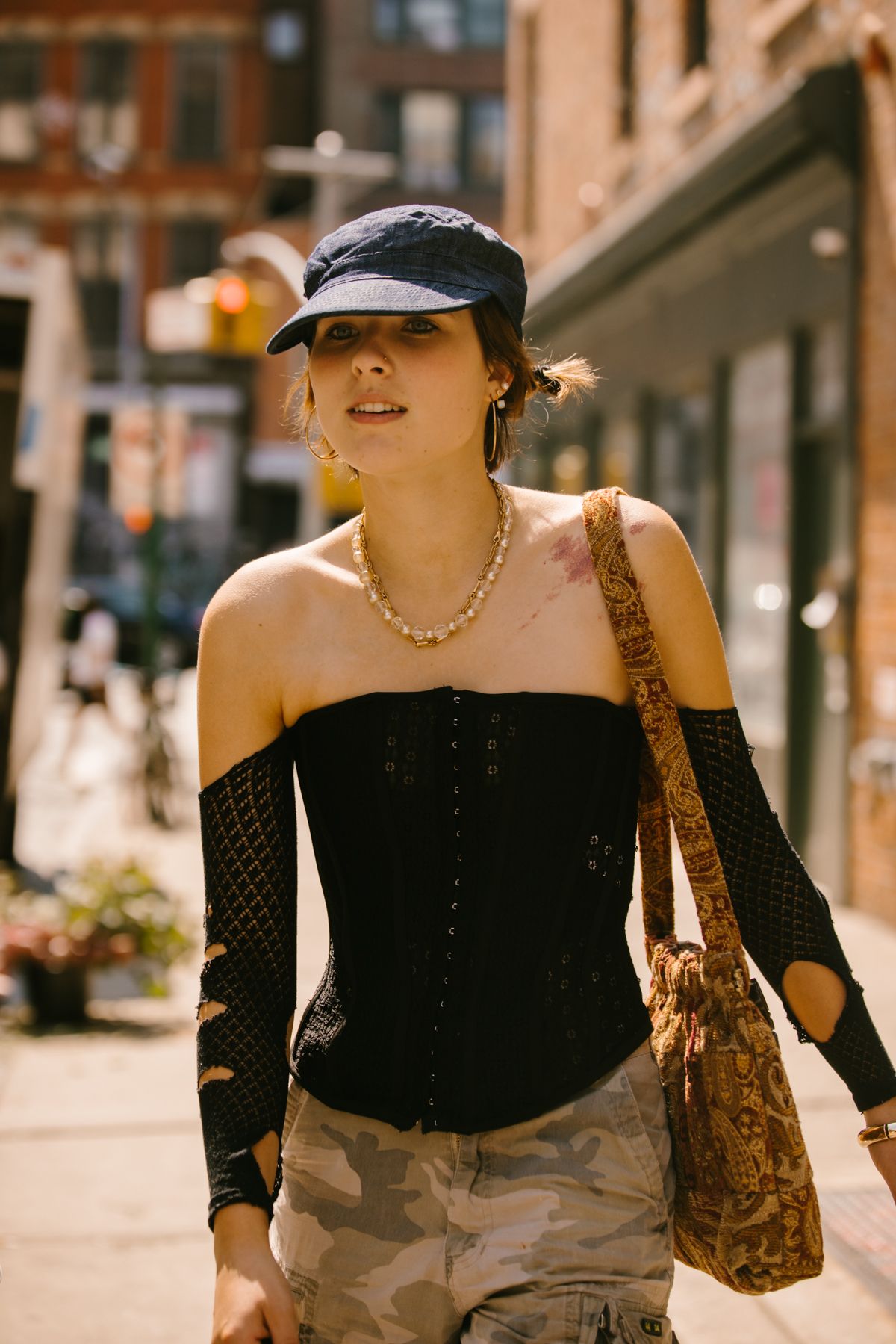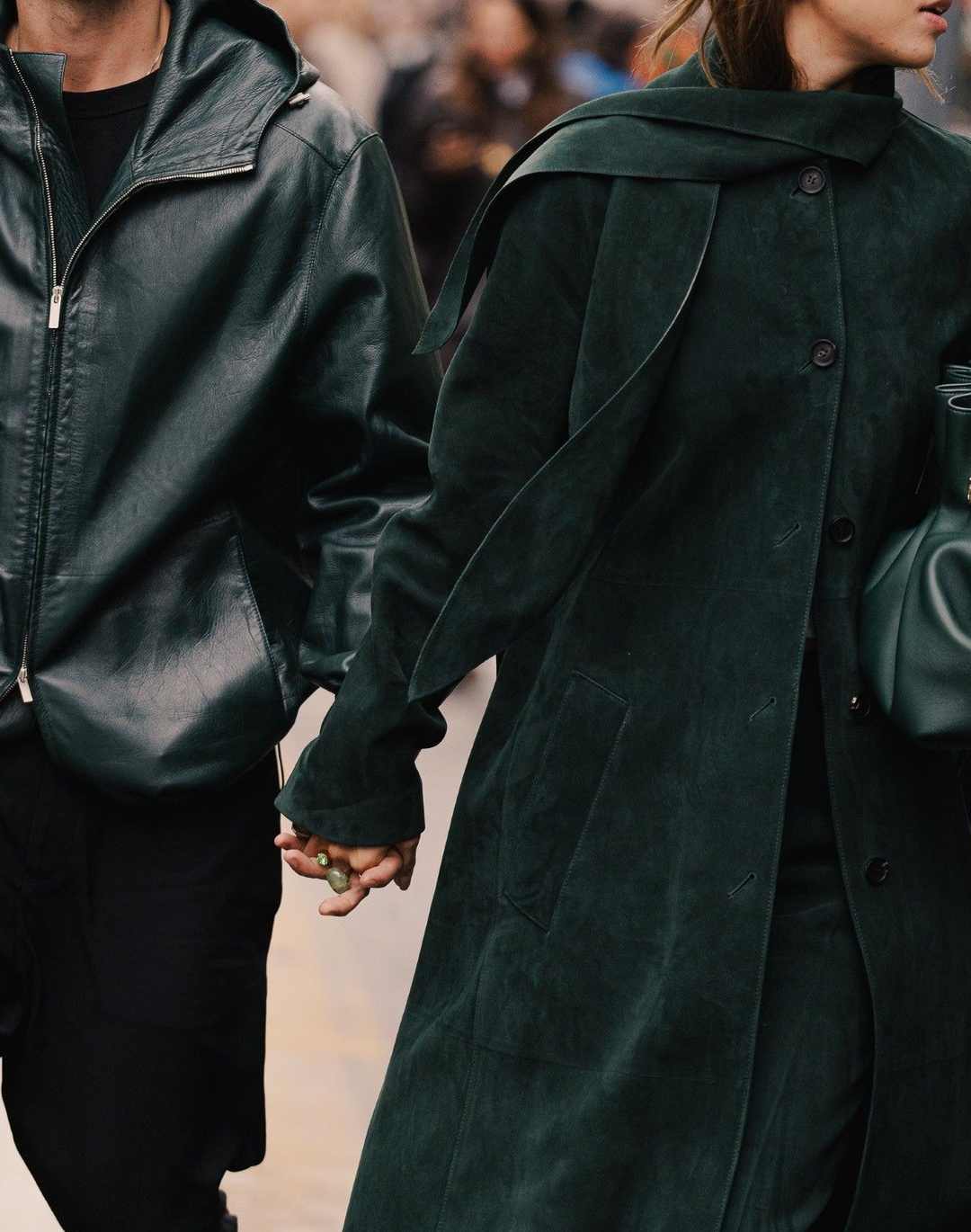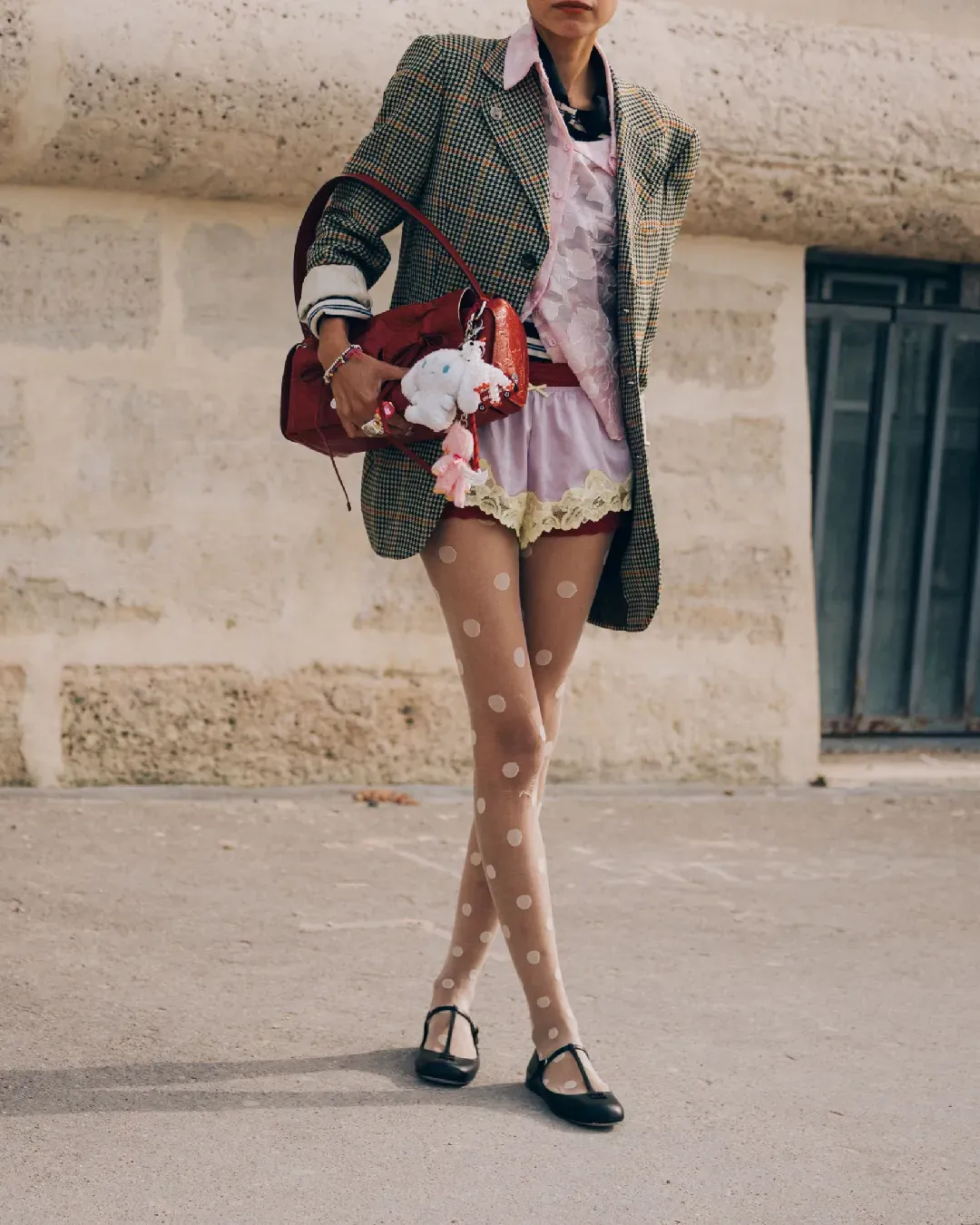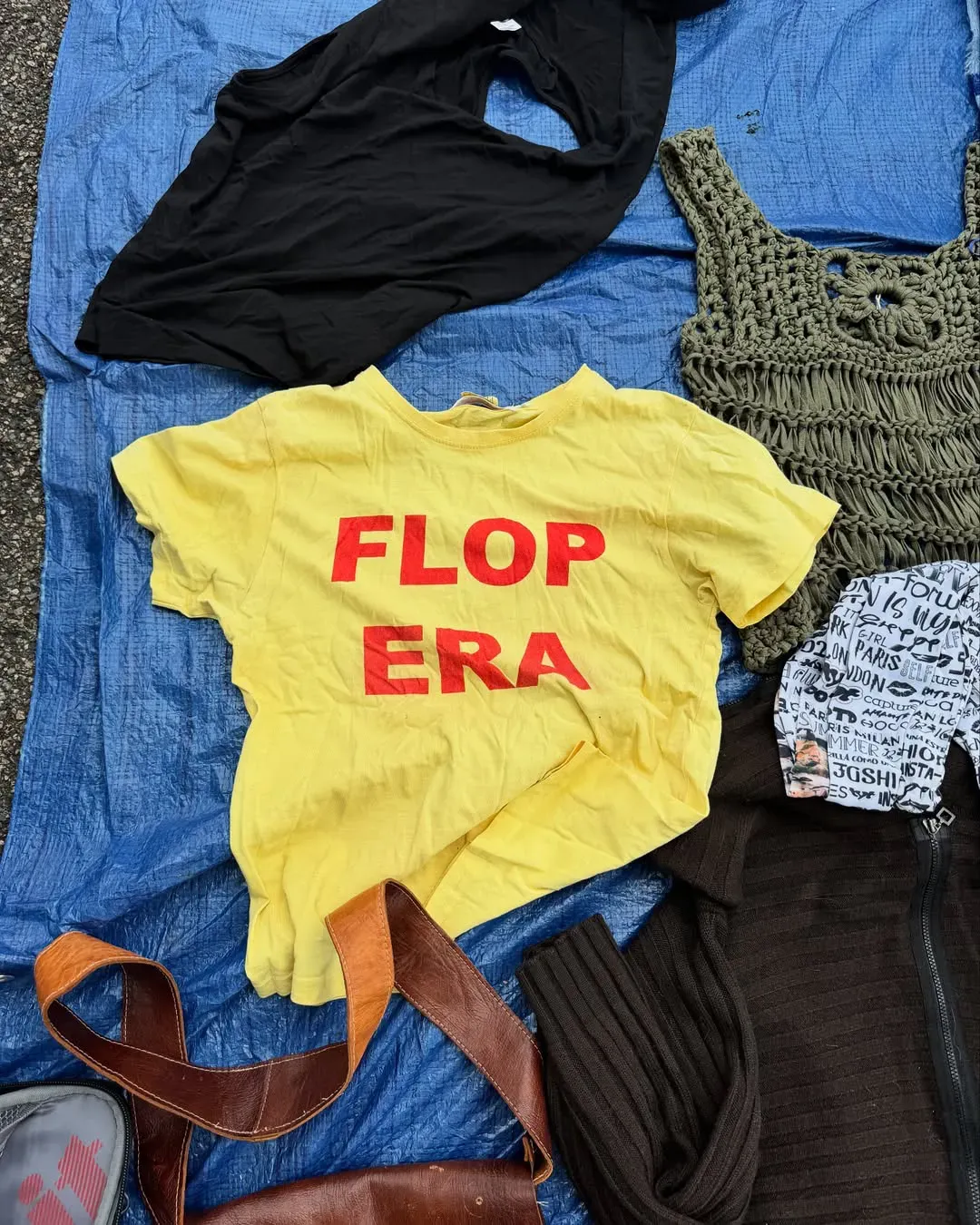
How brands can exploit archive fashion fever The prospects of a growing market
Years of new ecological awareness have led brands to rediscover their heritage and transpose it into a contemporary key, and Gen Z to materialize nostalgia for eras never lived in an innate passion for vintage, today the fever for archive garments shows no sign of abating. This is demonstrated by a study carried out by BCG and Vestiaire Collective which reveals that the second-hand fashion and luxury market has tripled since 2020 and that the estimated resale value is between 100 and 120 billion dollars worldwide, i.e. more than three times as much. The second-hand market already accounts for 3% to 5% of the total clothing, footwear and accessories sector and could grow to 40%, but although second-hand items still only make up about a quarter of pre-loved buyers' wardrobes, they are expected to make up 27% of wardrobes by 2023. Leading the trend are Gen Z consumers, the most likely to buy (31%) and sell (44%), closely followed by millennials. But what are the main reasons driving the very young towards secondhand and what does this acceleration of the second-less market mean for brands and retail?
«It is now certain that consumers have embraced secondhand and are changing the way they buy and sell their clothes. For brands, entering this market is a huge opportunity to attract new and existing customers motivated by sustainability, convenience and exclusivity» said Sarah Willersdorf, Global Head of Luxury at BCG and coauthor of the report. Sustainability is an increasingly important driving force, although affordability was cited as the main motivation for buying second-hand items by more than half of the respondents to date. Added to this are the variety of the catalogue, the 'thrill of the treasure hunt' and the opportunity to negotiate with sellers. Sixty per cent of those who sell second-hand items want to clean out their wardrobe to make space, the same number also stated that they are motivated to recover the residual value of their item and spend it on second-hand (39%), first-hand (20%), or other items (39%).
Almost 60% of consumers have discovered a brand or bought it second-hand for the first time: this alone is enough to demonstrate the huge potential of the resale market for brands. The report outlines three models that brands or retailers should consider when entering the second-hand market. By reselling their collections online and in shops, companies can maintain price control, while still achieving a double profit margin on the same item. However, this approach can be resource-intensive and may result in limited customer reach, as well as volume and stock risks. A partnership with a specialized sales platform can be a mutually beneficial solution: the platform handles logistics, payment processing and product validation, while gaining more traffic, visibility and credibility from the retailer. For its part, the brand can resell its products, increase its recognizability and acquire new customers at low cost without having to manage resale operations itself. Another option for brands could be to explore resale without making a significant investment or to make a long-term commitment by assigning a retail partner a smaller in-store space and developing discount and incentive programs to sell second-hand clothing to retailers. These lighter solutions help to increase footfall and allow all parties involved to participate in the circular economy, while reducing the risks of counterfeiting.










































